The Applied Neurotechnology Group is an interface between the Institute of Medical Psychology and Behavioral Neurobiology of the Department of Psychiatry and Psychotherapy and the MEG Center. The research focuses on the clinical use of brain-computer interfaces (BCI/BMI) and their combination with non-invasive brain stimulation methods.
Here, she is concerned with the study of neuroplasticity in the context of BCI training in clinical application. In this context, BCI systems are also combined with other forms of neurotechnology, e.g. non-invasive brain stimulation. Brain stimulation techniques have been used clinically for many decades to alter brain activity in a targeted manner to promote neuroplasticity. The aim of combining both methods is to better understand and influence neuroplastic processes. The aim is to develop new and effective therapeutic methods to treat CNS diseases individually and with few side effects.










